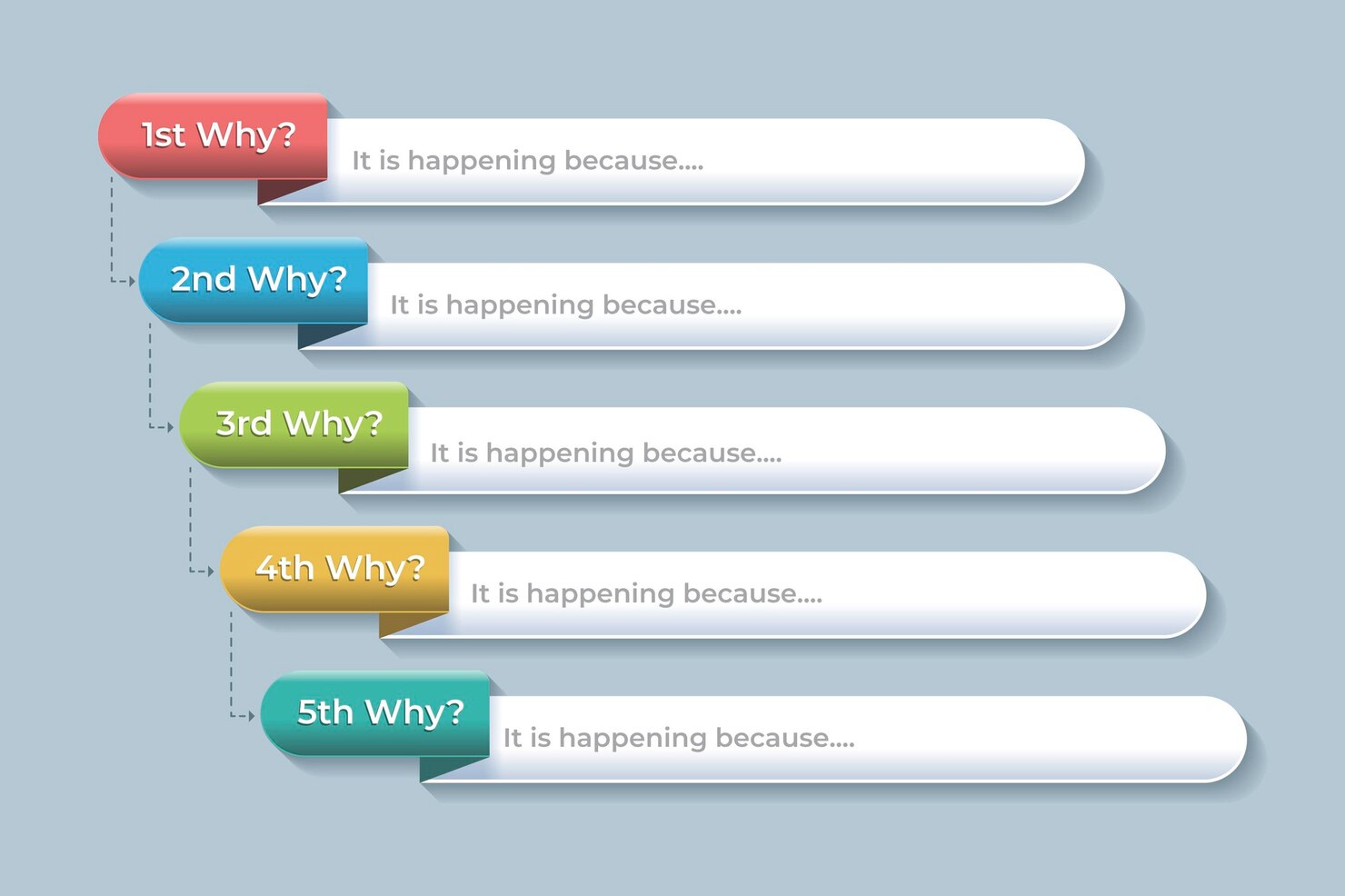Heading tags are one of the most important elements of on-page SEO. They are used to structure the content on your website and make it easy for both users and search engines to understand the hierarchy of your information. There are six heading tags, h1 through h6, with h1 being the most important. In this blog post, we will discuss how to use heading tags effectively to improve your website’s SEO.
What Are Heading Tags?

There are six different heading tags that can be used, ranging from h1 to h6. The h1 tag is the most important heading tag, and it should be used for the main heading on a page.
The h2 tag should be used for subheadings, and the h3 tag can be used for sub-subheadings, and so on. It is important to use these heading tags in order, starting with h1 and working your way down to h6.
In addition to using heading tags to break up your text, you should also use them to highlight important keywords. When a search engine crawls a website, it looks for these keywords in order to determine what the page is about.
If you want your website to rank highly in search results, it is important to include relevant keywords in your headings.
However, you should avoid keyword stuffing, which is when a keyword is used too many times in an attempt to manipulate search results. A good rule of thumb is to use a keyword two or three times at most on a webpage.
How do Heading Tags work?

Heading tags are used to structure the content on your website. The h1 tag is used for the title of your page, and the h2 tag is used for the subheadings. The h3 tag is used for sub-subheadings, and so on.
Heading tags help break up your content into manageable chunks and make it easy for users to scan your page and find the information they’re looking for.
Search engines also use heading tags to understand the hierarchy of your content. The h1 tag is given more weight than the h2 tag, which is given more weight than the h3 tag, and so on.
This is why it’s important to use heading tags correctly; if you use too many h1 tags, or if you use them incorrectly, it can negatively impact your website’s SEO.
How to Use Heading Tags Correctly

Now that we’ve discussed how heading tags work, let’s talk about how to use them correctly. First and foremost, you should only use one h1 tag per page.
The h1 tag should be used for the title of your page, and it should be placed at the top of your content.
You can use multiple h2 tags per page, but you should only use them for subheadings. Subheadings should be placed after your introductory paragraph and before your main body of text.
You can also use multiple h3 tags per page, but again, they should only be used for sub-subheadings. Sub-subheadings should be placed after any subheadings and before any supporting paragraphs or bullet points.
It’s important to note that you don’t have to use all six heading tags; in fact, using more than three or four can start to look cluttered and could hurt your SEO score.
If you’re not sure which heading tag to use, a good rule of thumb is to start with an h2 tag and then work down from there based on the hierarchy of your content.
Why Use Heading Tags?

Heading tags are used to Breaking Up Content: As we mentioned before, heading tags are used to break up the content on a page into manageable sections. This makes it easier for readers to scan the page and find the information they’re looking for.
Improving Readability: In addition to making your content more scannable, heading tags can also help improve its readability. This is because they help break up large chunks of text and make it easier on the eyes.
Giving Search Engines An Idea Of What Your Page Is About: Heading tags play an important role in SEO as they give search engines an idea of what your page is about.
This is especially important if you want to rank for certain keywords. By including these keywords in your headings, you can let search engines know that your page is relevant to those terms.
Also, Read:
- What Does Semantic SEO Mean?
- 10 Ways to Improve E-commerce Category Pages for SEO
- What are Subdomains and How Can They Help My SEO?
- what Are SERPs And Why Are They Important for SEO?
Conclusion: How to Optimize Your Website’s Heading Tags for SEO
Heading tags are an essential part of on-page SEO; they help structure your content and make it easy for both users and search engines to understand its hierarchy. There are six heading tags—h1 through h6—with h1 being the most important. When using heading tags on your website, remember to:
– Only use one h1 tag per page; this should be reserved for the title of your page.
– Use multiple h2 tags per page; these should be used for subheadings.
– Use multiple h3 tags per page; these should be used for sub-subheadings.
– Avoid using more than three or four heading tags; too many can look cluttered and could hurt your SEO score
